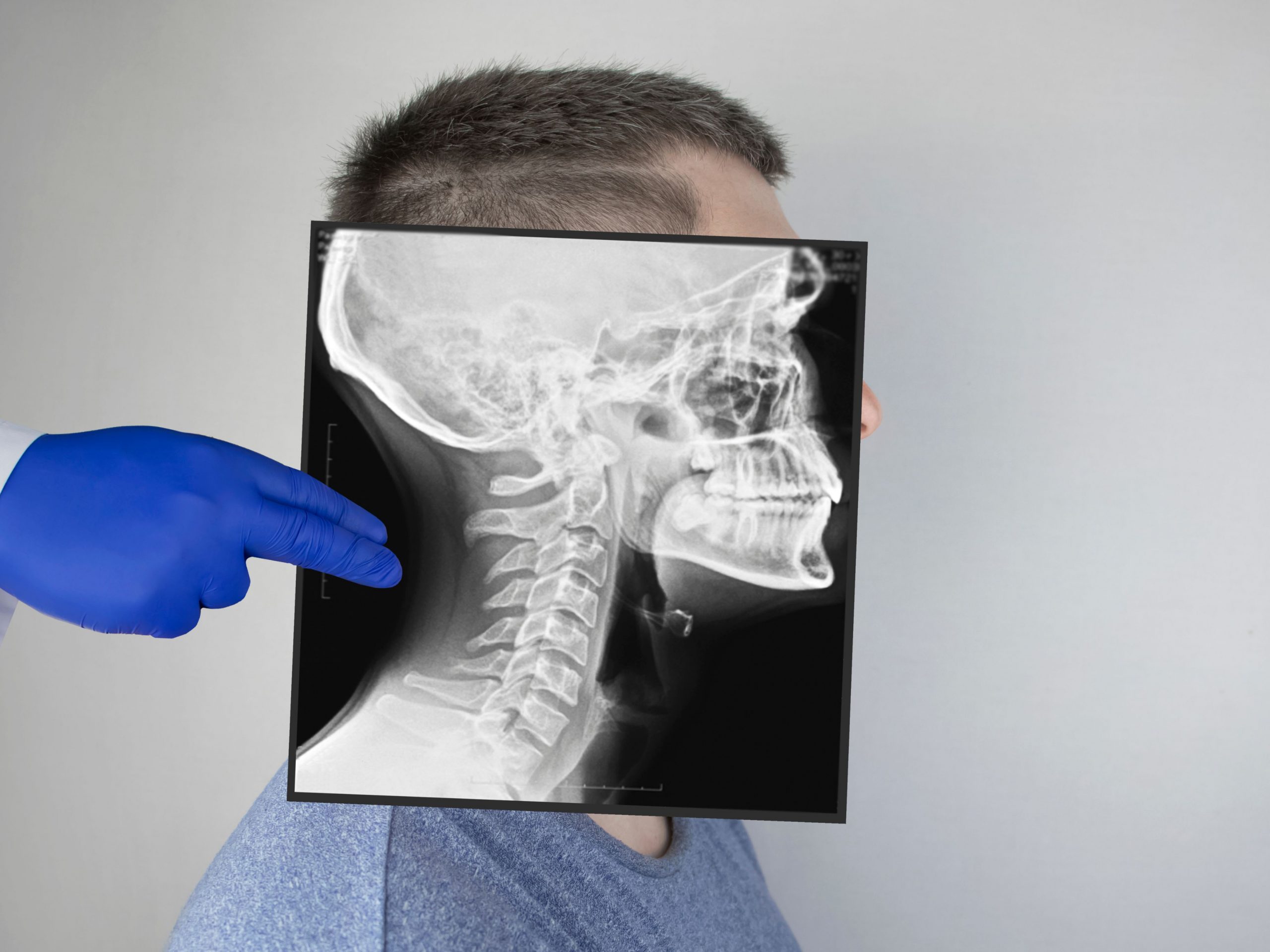All you need to know about Cranial Osteopathy
Cranial osteopathy or craniosacral therapy is a type of treatment used by osteopaths to treat and relieve symptoms from a range of different conditions. Cranial therapy is a gentle approach to osteopathy using subtle hands-on treatment. It can be beneficial for all ages from babies to the elderly.
Cranial or craniosacral therapy is performed by the practitioner following the body’s rhythms (also called involuntary motion) of the nervous system and fluids of the body. The practitioner uses gentle mobilisations of the head, neck and spine to the sacrum (the base of your spine just before the tailbone).
This type of treatment is used commonly for babies after birth and children throughout their growth.
What can a cranial osteopath treat?
Cranial osteopathy is not only for head or neck conditions and can be used for a variety of issues. Studies have found craniosacral therapy beneficial for:
- migraines,
- chronic neck
- back pain,
- fibromyalgia symptoms
- pelvic girdle pain
Due to the gentle nature of the treatment, patients find cranial osteopathy helpful with stress or anxiety as well as physical symptoms.
For babies, cranial osteopathy can help following birth issues such as flat head syndrome and torticollis. Recent studies suggest cranial therapy to be beneficial for infantile colic.
Infantile colic is described as a baby crying for more than 3 hours a day, more than 3 days a week for at least a week. A baby with infantile colic can be difficult to soothe, and sometimes show redness in the face as well as wind.
What to expect from the treatment?
Before the treatment, the osteopath will ask some questions regarding your baby or your symptoms or condition to get a better idea of how to help you.
During the treatment, the practitioner will use subtle manipulations at the head, spine or base of your spine. The treatment will be different for each patient depending on the symptoms or what the osteopath believes will be beneficial. Cranial treatment should feel like very gentle manipulations or pressures and shouldn’t be painful. People usually feel very relaxed during the treatment.
The osteopath’s approach may be different from one consultation to another. Some osteopaths integrate cranial osteopathy as part of their general osteopathic treatment approach.
Are there any side effects of cranial osteopathy?
The most common reaction after cranial osteopathy is feeling very relaxed following your appointment. Other rare side effects of treatment can include headaches, tiredness or nausea. However, those side effects should disappear in 12 to 24 hours.
How long does it take to work?
Similarly to general osteopathic treatment, you can feel changes to your symptoms during or a few days after your consultation.
Some people find relief in the symptoms over one or two treatments. For more chronic and complicated conditions, it might require a few more treatments to achieve changes.
How much does cranial osteopathy cost?
The cost of cranial treatment will vary depending on the osteopath and the particular clinic or area you are being treated at.
For further information or contact an osteopath visit: https://www.osteopathy.org.uk/home/
We hope this information is useful for you. If you need advice or have any questions about our treatments, please contact us. You can find us in Mill Hill Broadway and Islington. We are always happy to help. If you like this blog, please share!
References:
SCCO: https://scco.ac/
Sutherland society: https://www.cranial.co.uk/cranial-osteopathy/
Craniosacral therapy and fibromyalgia: https://journals.sagepub.com/doi/abs/10.1177/0269215510375909
Craniosacral therapy and chronic pain: https://bmcmusculoskeletdisord.biomedcentral.com/articles/10.1186/s12891-019-3017-y?fbclid=IwAR2WysXZocpXVNI54ZjIeqpQLLt6CIdEGpvsj2XKukUQqT9mZSly7XiZnpQ
Colic NHS: https://www.nhs.uk/conditions/colic/
Colic and craniosacral therapy: https://pubmed.ncbi.nlm.nih.gov/31780018/



